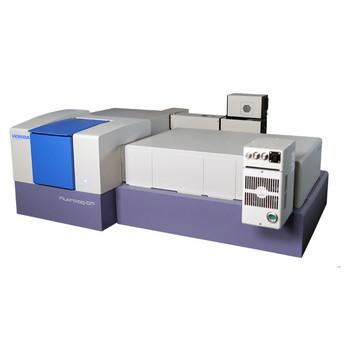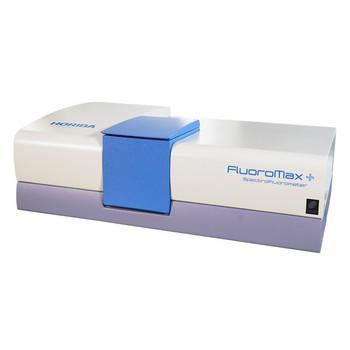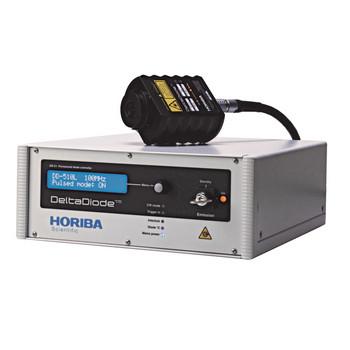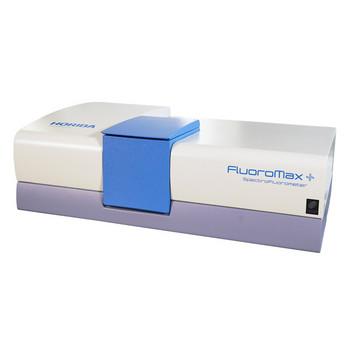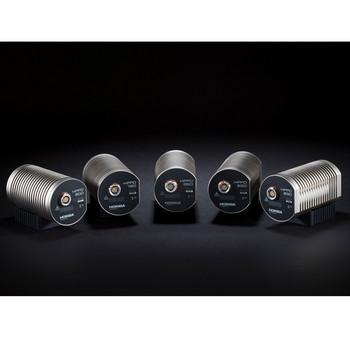The addition of a SpectraLED source to your HORIBA Scientific TCSPC system adds phosphorimeter capability and enables the measurement of luminescence lifetimes ranging from picoseconds to seconds in one compact system.
The SpectraLED is a modern approach to measuring longer lived luminescence decays. Traditionally, phosphorescence lifetime measurements are excited using a xenon flashlamp. Xenon lamps are broadband sources and offer complete wavelength coverage from the deep UV to the NIR region. For applications where continuous wavelength tunability is not required, SpectraLEDs are a convenient alternative with the following advantages:
- Operation at higher repetition rates not limited by capacitor charging times
- Software control of pulse duration and repetition rate to optimally excite the sample under investigation
- No afterglow, permitting easier interpretation of lifetimes shorter than 100us
- Silent operation
SpectraLEDs can be used for measuring the long lifetimes of materials such as lanthanides, photovoltaics, minerals, security inks and singlet oxygen.
Features
- Low cost LED-based sources for phosphorescence measurements
- Connects directly into FluoroHub and DeltaHub for "plug-and-play" operation
- Suitable for FluoroCube, Tempro, Fluorolog-TCSPC and FluoroMax-TCSPC systems
- Wavelengths available from 265nm to 1275nm
- Optical pulses from 100ns to milliseconds with sharp on-off transitions
- Software control of the pulse rate and duration allows for optimisation of the pulse to suit time range
- Mechanically and optically interchangeable with NanoLED and DeltaDiode sources
- Each source contains adjustable collection optics and bayonet mounting



























